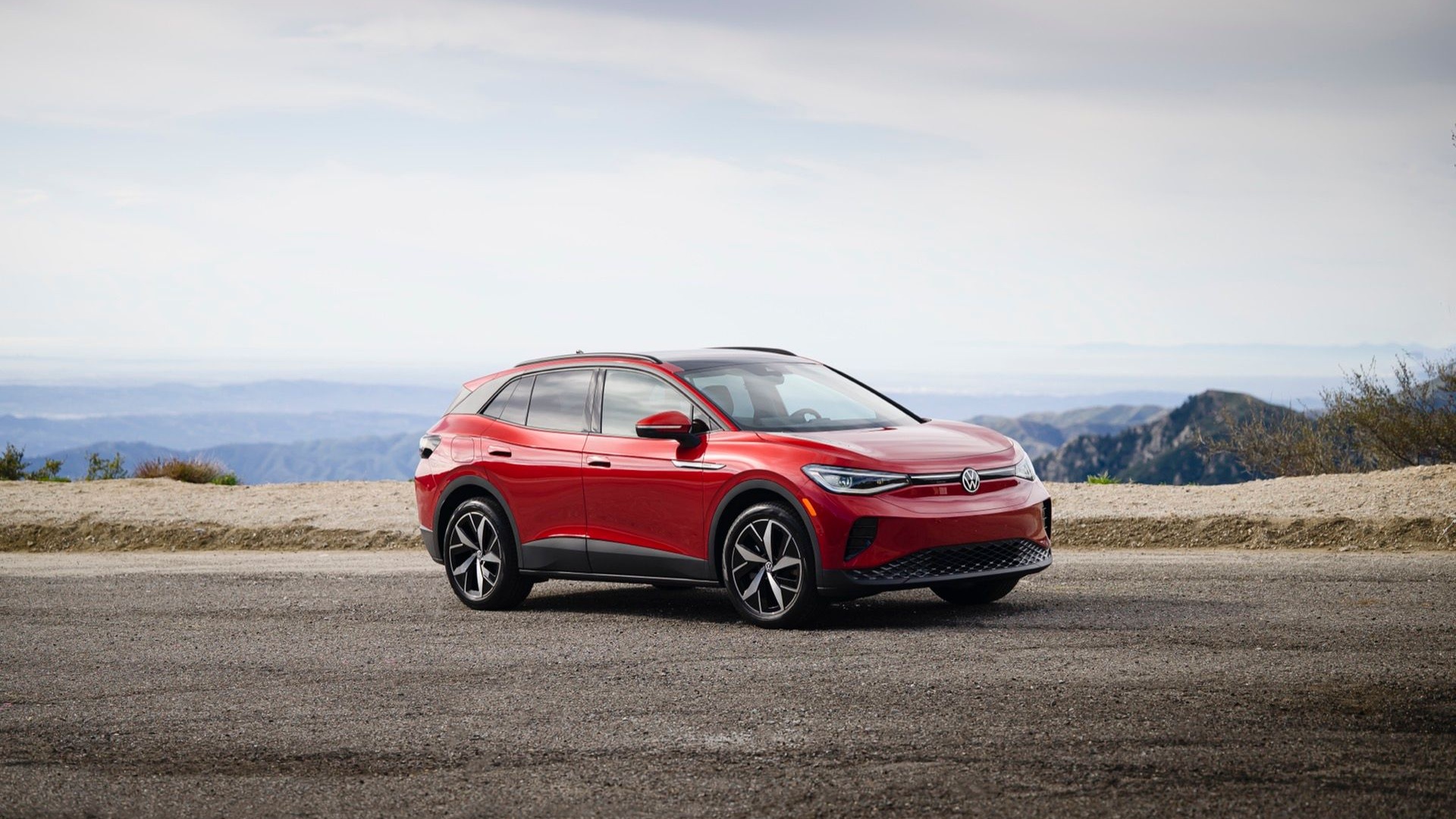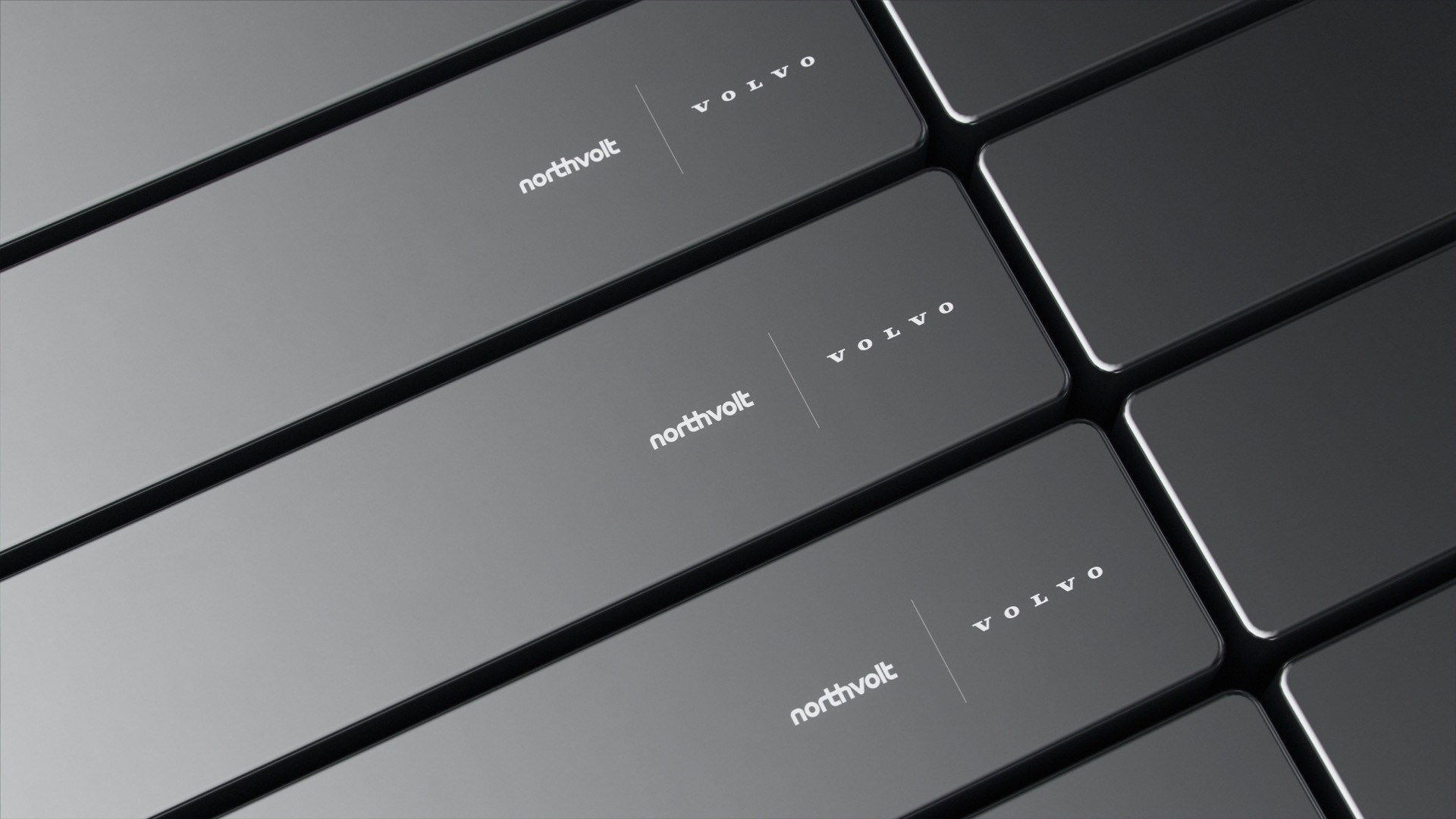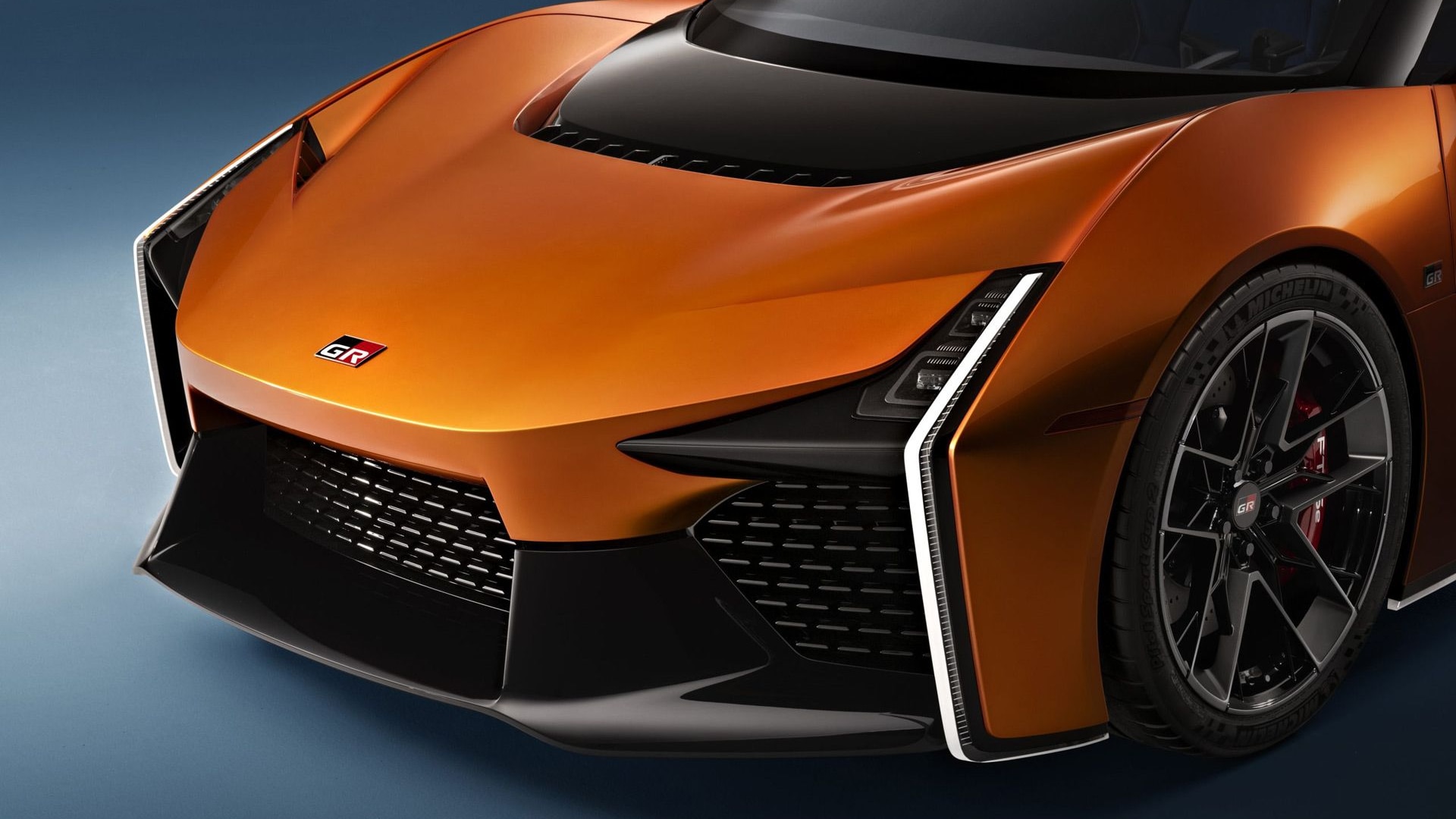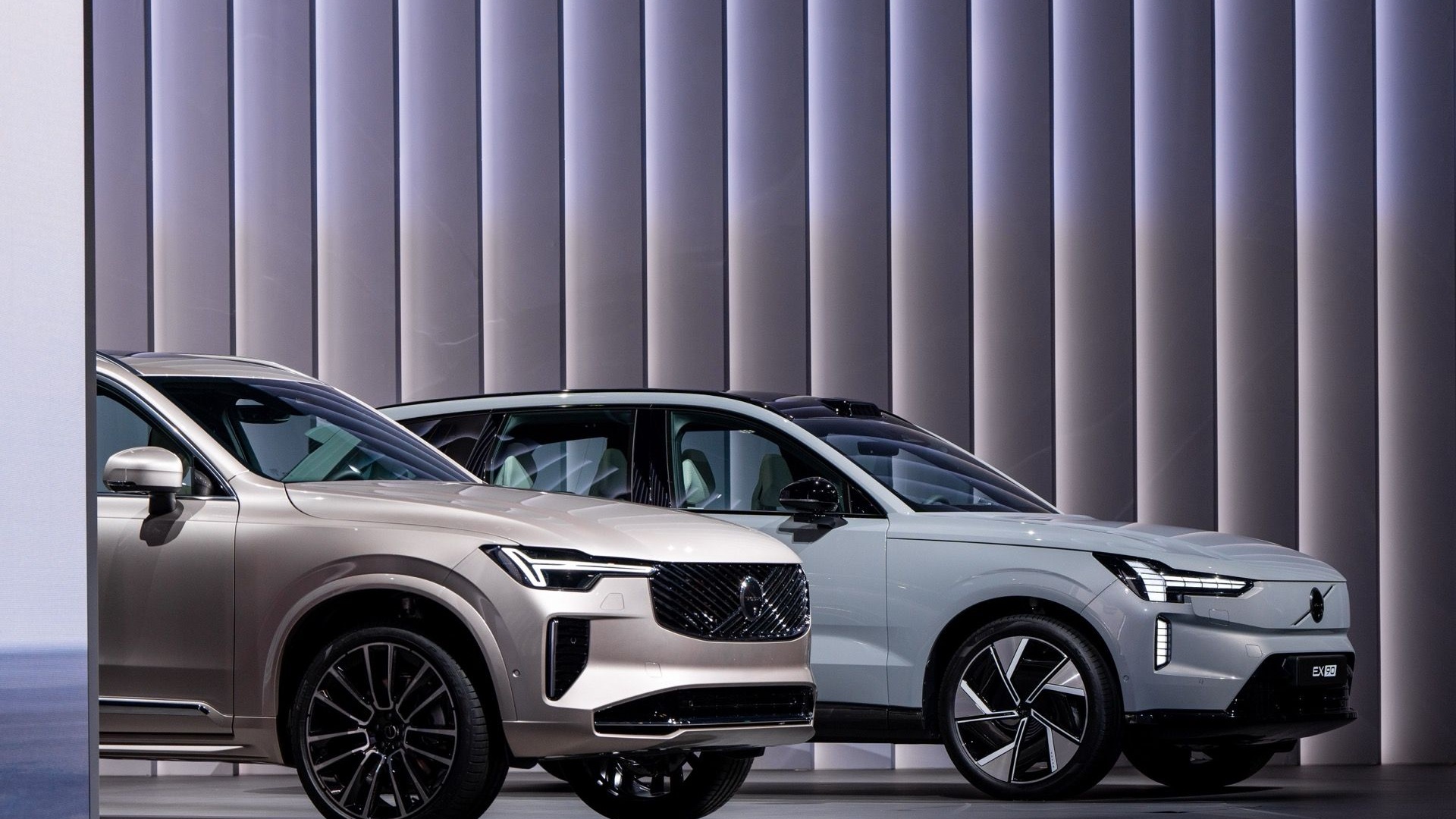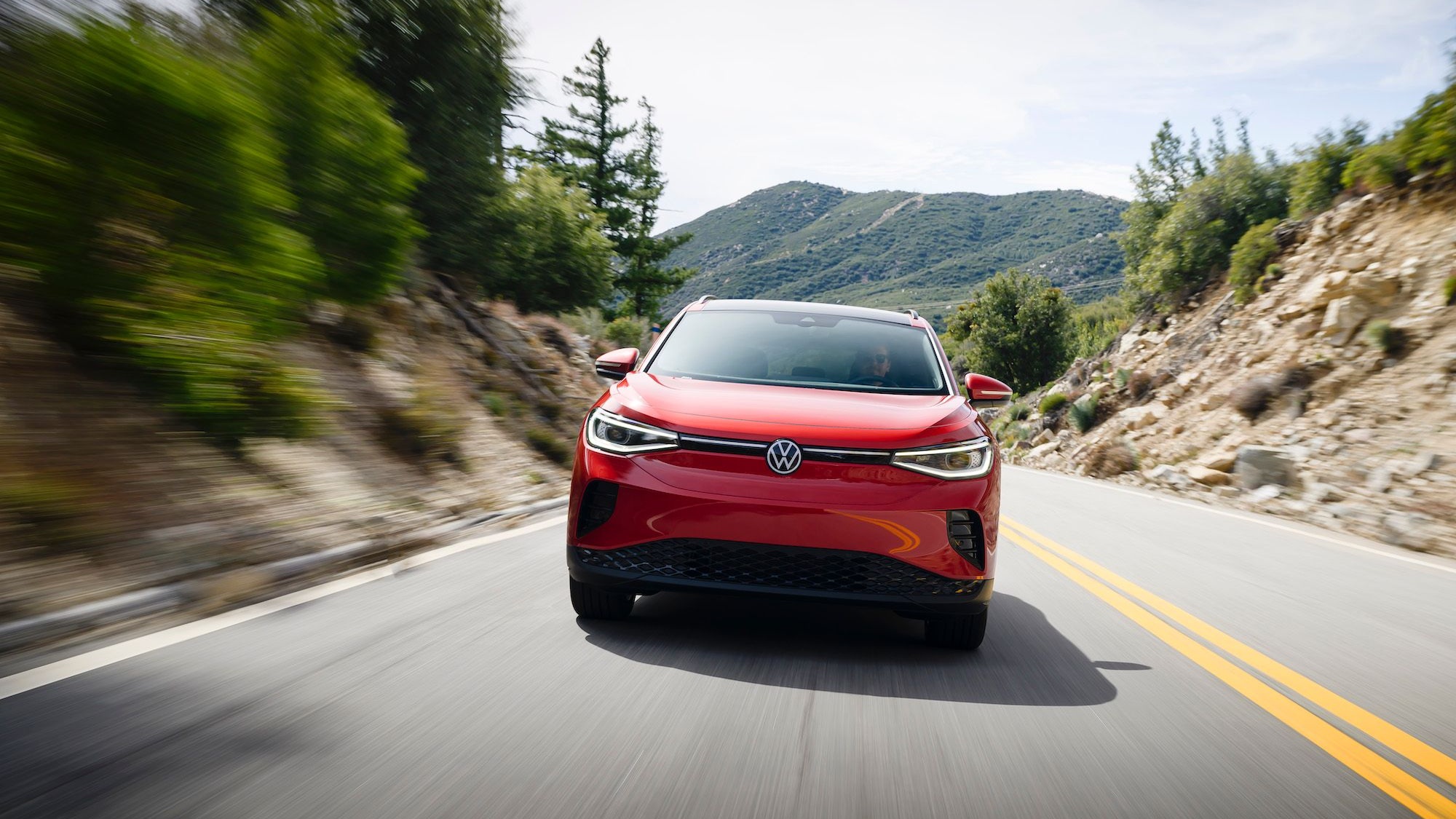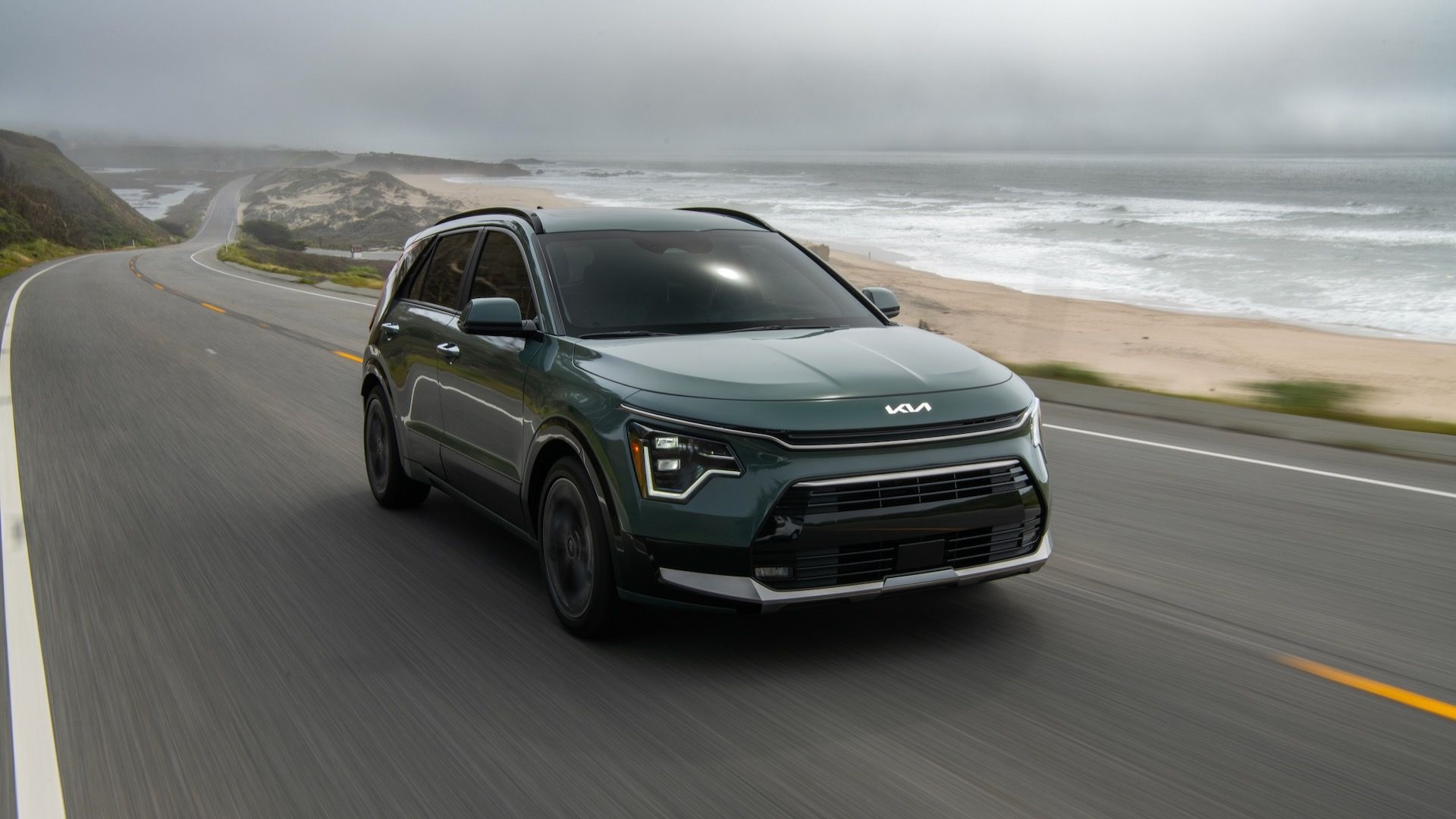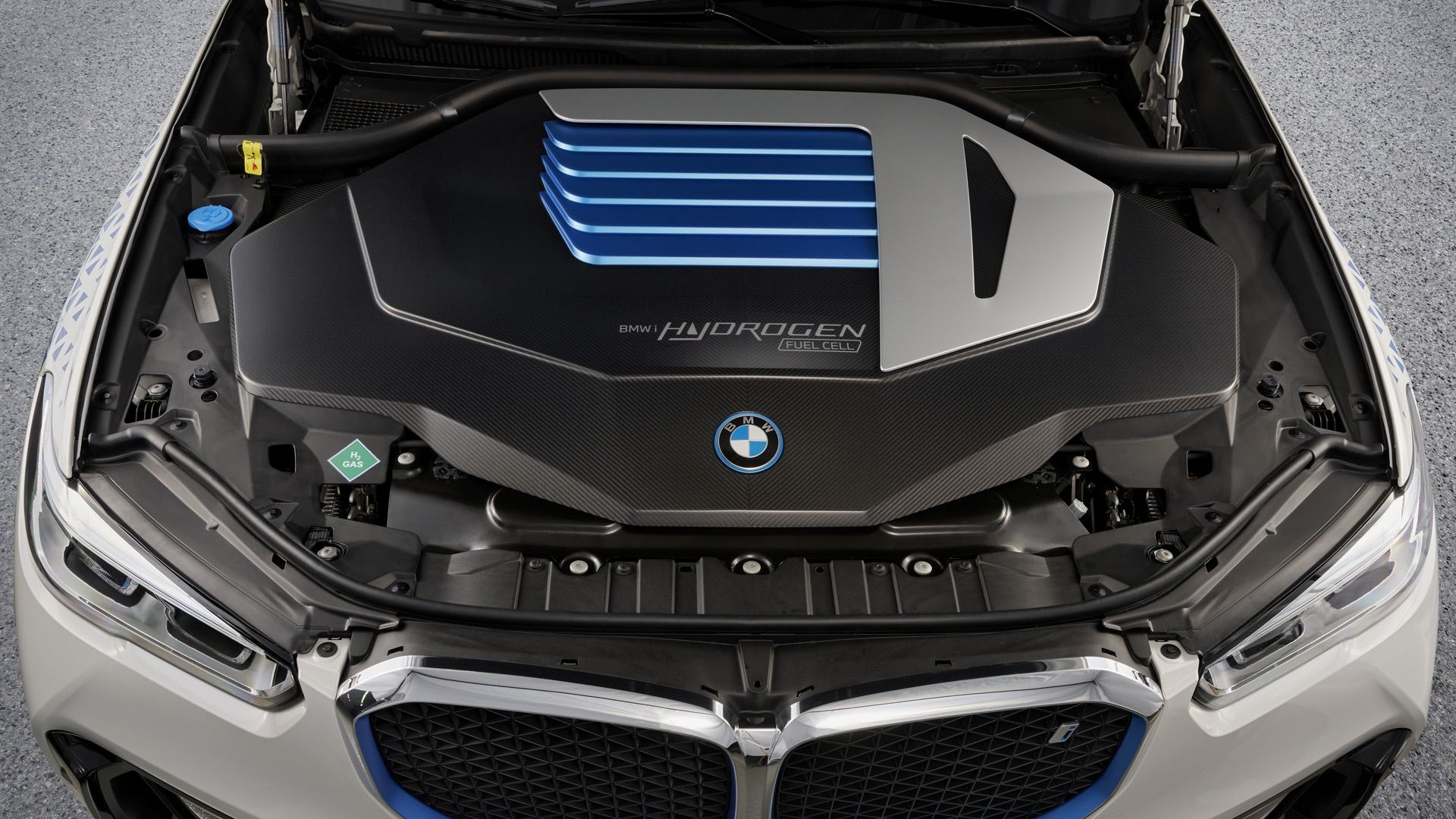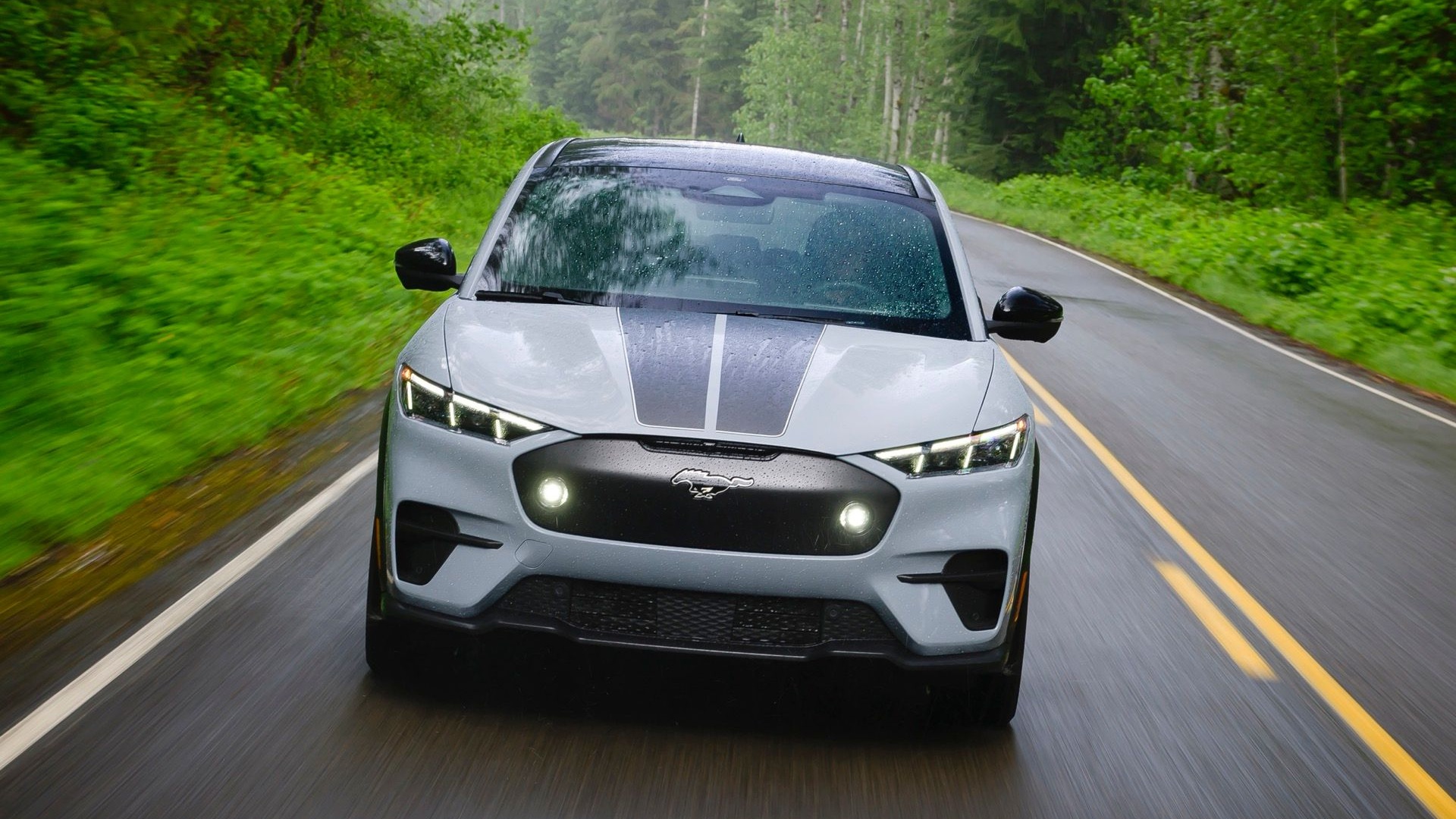The average price of a lithium-ion battery pack for a light-duty EV has decreased 90% over the past 15 years, the U.S. Department of Energy (DOE) estimates.
In 2023, the DOE estimates pack prices averaged $139/kwh on a usable-energy basis for production at scale, meaning at least 100,000 units per year. That's still not quite at the magical $100/kwh many analysts point to as the point at which EVs can achieve cost parity with gasoline cars, but it's down significantly from the $1,415/kwh (using 2023 constant dollars) average in 2008.

EV battery pack cost, 2008-2023 (via U.S. Department of Energy)
The steep decline is due to "improvements in battery technologies and chemistries, as well as improvements in manufacturing and increases in production volume," according to the DOE. Production volume in particular has increased substantially since 2008, when the modern EV era was just getting started with the launch of the Tesla Roadster, offering automakers economies of scale that didn't exist at that time.
EV battery prices have fallen significantly over the past few years, albeit with some interruptions related to the coronavirus pandemic and attendant supply-chain issues. Prices dropped 13% in 2019, increased in 2022, and began falling again after that. Prices dropped 14% in 2023, Bloomberg New Energy Finance reported at the time.

Comparing 4680 vs. 2170 - Panasonic
On the technology front, Tesla has touted large-format 4680 cells as the key to greater EV affordability, but the bet hasn't paid off so far. In its annual shareholder meeting in June of this year, CEO Elon Musk said Tesla was still trying to cut 4680 cell cost, claiming the automaker's own cells cost more than those bought from suppliers.
Tesla aside, battery costs are expected to continue falling. Goldman Sachs published analysis earlier this year predicting cost decreases equivalent to a 40% drop between 2023 and 2025. Battery cost cuts could allow EVs to achieve parity with internal-combustion vehicles as early as next year in some markets, according to analysts.

